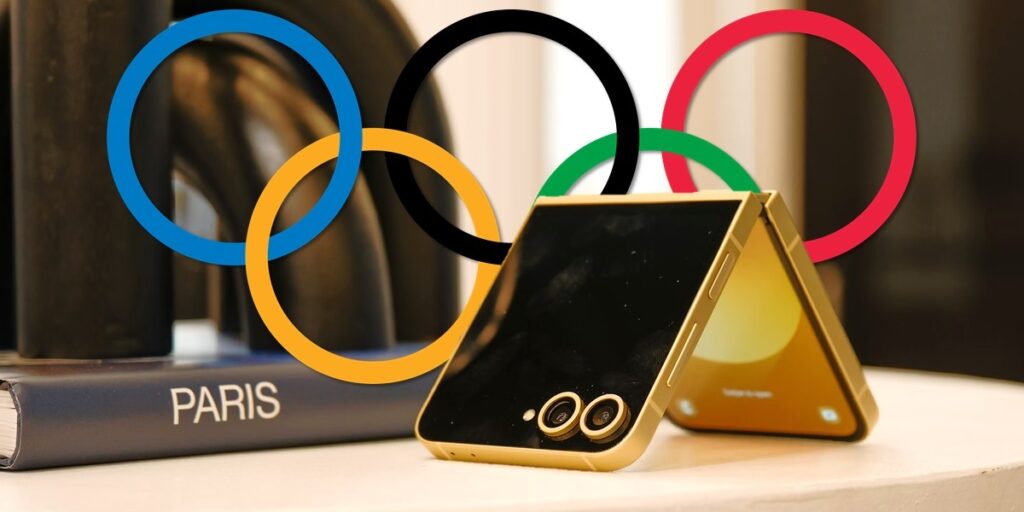It’s been almost a year since Qualcomm introduced the Snapdragon 7s Gen 2, a chip that we both praised and criticized at the time. The reason? While it offered good features, its performance was far from that of other Snapdragon 7s and its market niche was not at all clear.
Now the company has decided to launch its successor, a chip that introduces several improvements and with which Qualcomm intends to make its mark. Will he make it? We’ll show it to you All the details of the Snapdragon 7s Gen 3 to see how good it is and if it has solved the problems of the previous one.
All the specifications of the Qualcomm Snapdragon 7s Gen 3
|
Characteristics |
Qualcomm Snapdragon 7s Gen 3 |
| processor | 8 cores:
|
| Production process | 4 nanometers from TSMC. |
| Graphics card | Chip Adreno Compatible with OpenGL ES 3.2, Vulkan 1.3 and OpenCL 2.0 FP. |
| Artificial intelligence |
|
| Memory | Until 16 GB in LPDDR5 format at 3200 Mhz. |
| Screen | Supports screens with rFull HD+ resolution and refresh rate up to 144Hz. Supports HDR10+ and 10-bit color depth. |
| Camera |
|
| Connectivity |
|
| fast charging | Qualcomm Quick Charge 4+. |
A nice leap in terms of power and efficiency, as well as AI running locally
Qualcomm launched Snapdragon 7+ Gen and 7 Gen 3 a few weeks ago, so the little brother of this series was missing. The wait didn’t last too long, because The Snapdragon 7s Gen 3 is now a reality and continues to focus on the mid-range.
According to the manufacturer, this SoC will provide an “amazing AI experience in the most affordable smartphones”. This statement comes after it revealed it You will have 30% more performance in AI tasks compared to the Snapdragon 7s Gen 2, as well as the ability to run some generative AI models locally.
Along with this, Qualcomm has indicated that The Snapdragon 7s Gen 3 CPU is up to 20% and the GPU up to 40% faster. This is thanks to its 1 + 3 + 4 core distribution, like in the Snapdragon 8, consisting of the following: 1 x 2.5GHz Kyro Prime core, 3 x 2.4GHz Kyro Performance cores, and 4 x 1.8GHz Kyro Efficiency cores.
They are good improvements compared to the little brother, but Where would this take us in today’s market? Among all the chips it would be on par with the MediaTek Dimensity 7200, but among those from Qualcomm it finally finds a place. Why? Why It is in a range that has been neglected to datebetween the Snapdragon 7 Gen 1 and the Snapdragon 7 Gen 3.
As for the energy section, the Snapdragon 7s Gen 3 It is on average 12% more efficient than the 7s Gen 2. However, the CPU is up to 45% more efficient, a result achieved thanks to the 4nm manufacturing process from TSMC (the previous one was made by Samsung). By the way, accepts up to 16GB of LPDDR5 RAM and uses UFS 3.1 storage.
The Snapdragon 7s Gen 3 supports sensors up to 200 MP and records in 4K with HDR @ 30 FPS, the same as its smaller brother. However, multi-camera setups are superior. While, It is compatible with screens up to 144 Hz and with Full HD+ resolution.Wireless connectivity is also similar to the 7s Gen 2 (WiFi 6E + 5G mmWave and Sub-6), though Bluetooth updates to version 5.4 and supports tri-band GPS.
When will the first Qualcomm Snapdragon 7s Gen 3 phone be launched?
As we mentioned earlier, The Snapdragon 7s Gen 3 serves a niche that Qualcomm hadn’t covered so far. So this is a chip whose launch makes sense, something totally different from what happened with the 7s Gen 2. Let’s hope they don’t launch something like a Snapdragon 6+ Gen 3 later this will cause problems.
When will we see the first Snapdragon 7s Gen 3 phone? According to company data, At some point in September there will also be a Xiaomil. This is probably the Redmi Note 14 Pro 5G, although that’s just our guess. Qualcomm also noted that Realme, Samsung, and Sharp will launch devices with this SoC in the coming months.







